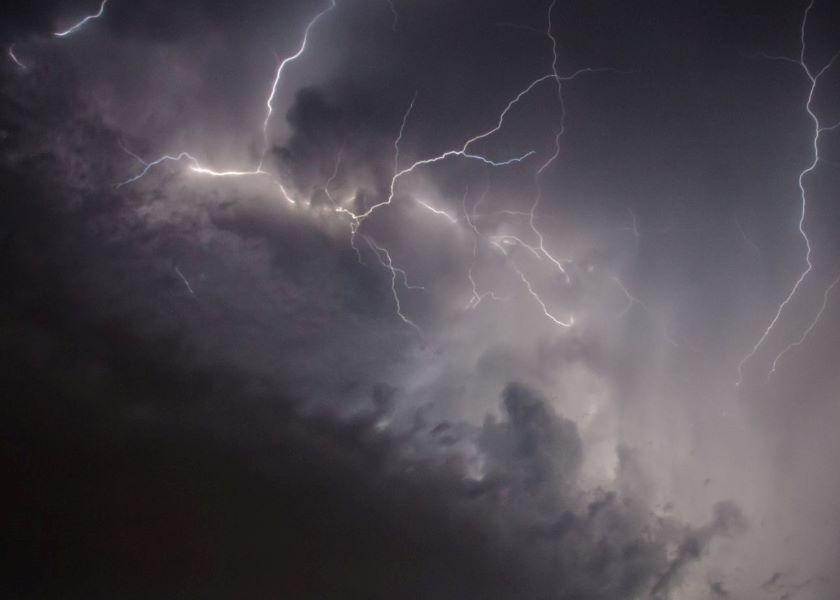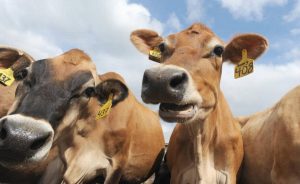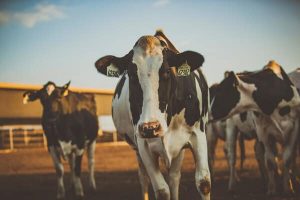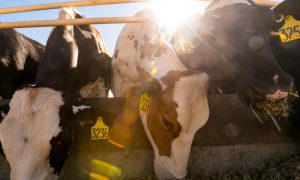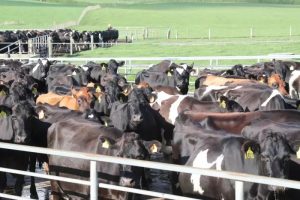
The state continues to be bombarded by what meteorologists call atmospheric rivers—narrow bands of precipitation that dump heavy rainfall in a concentrated area. These downpours have wreaked havoc on the state, including the dairy industry, by causing flooding, loss of life, and power outages. At the same time, the precipitation has added to the snowpack, recharged reservoirs, and mitigated drought conditions throughout the state. Yet water scarcity concerns remain.
Snowpack, an essential source of water in spring, is now greater than 200 inches in some mountain locations, said Betty Berning, analyst with the Daily Dairy Report. That’s the good news. As for the bad news, 40 of California’s 58 counties were under a state of emergency, including the key dairy counties of Tulare, Fresno, Kings, Madera, Mariposa, and Merced.
“Localized flooding has caused transportation delays and downtime at dairy manufacturers,” Berning noted. “Water-covered roadways, including major thoroughfares and alternative routes, have made milk deliveries tricky or even impossible in some locations. Spot loads have sold for less than class prices as temporarily closed plants and cooperatives have tried to find a way to use the milk.”
USDA’s Dairy Market News reported that milk production remaied stable through the recent torrential rains and was still tracking above February 2023 levels. That said, California output has not been as strong as originally expected, Berning said, and the situation in California continues to worsen. Some dairy producers have had to move cows out of flooded corrals and barns, while others have had to completely evacuate their herds.
“This will all lead to steep cull rates and increased cases of mastitis and higher somatic cell counts that could further increase culling as drug costs escalate and producers opt not to treat the sickest cows,” Berning said. “Damage to local feed supplies and a drop in breeding and other farm management practices will also reduce conception rates, and eventually the number of heifers available to enter the herd.”
Some operations could remain empty permanently, she said. It appears that the issues wrought by the storm could speed up the slow decline in the state’s dairy industry, she added.
“On a positive note, though, because the Golden State has been in drought for most of the last 15 years, the much-needed excess moisture will help to reverse some of the drought’s impacts. While water restrictions for residents, farmers, and livestock producers are part of life in California, these could also be lessened with the increased moisture.”
According to the National Integrated Drought Information System, in late February, drought covered nearly 85% of California, while today the area affected by drought has dropped to just over 36%, and the most of Central Valley is no longer designated as either abnormally dry or in drought.
However, California’s water issues are far from over, Berning said. Water levels in Lake Mead are still dangerously low even though they have increased from a low of 1040.71 feet on July 27 to 1045.92 by March 23. Federal officials have warned that water in Lake Mead could fall to dead pool levels of 895 feet by 2025, which means water would no longer flow from the lake. At 950 feet, the Hoover Dam would no longer provide hydroelectricity to Arizona, California, and Nevada.
In January, the seven states governed by the Colorado River Compact failed to reach a voluntary agreement on how to cut water use by 2-million to 4-million acre-feet this year as ordered by the Bureau of Reclamation. This means the government could enforce its own plan to prevent water levels in major reservoirs from declining to the point they no longer can supply water or electricity to those who depend on it.
